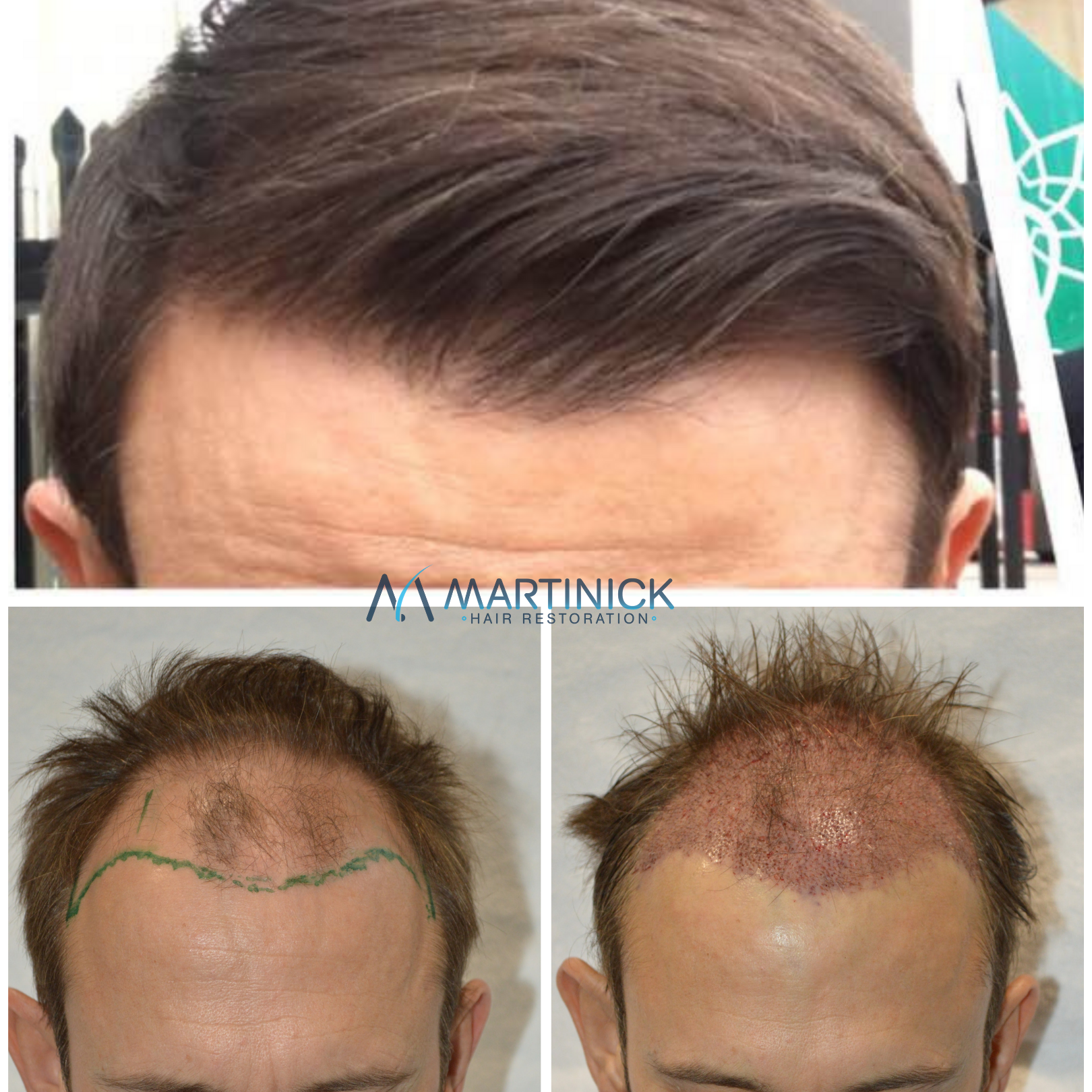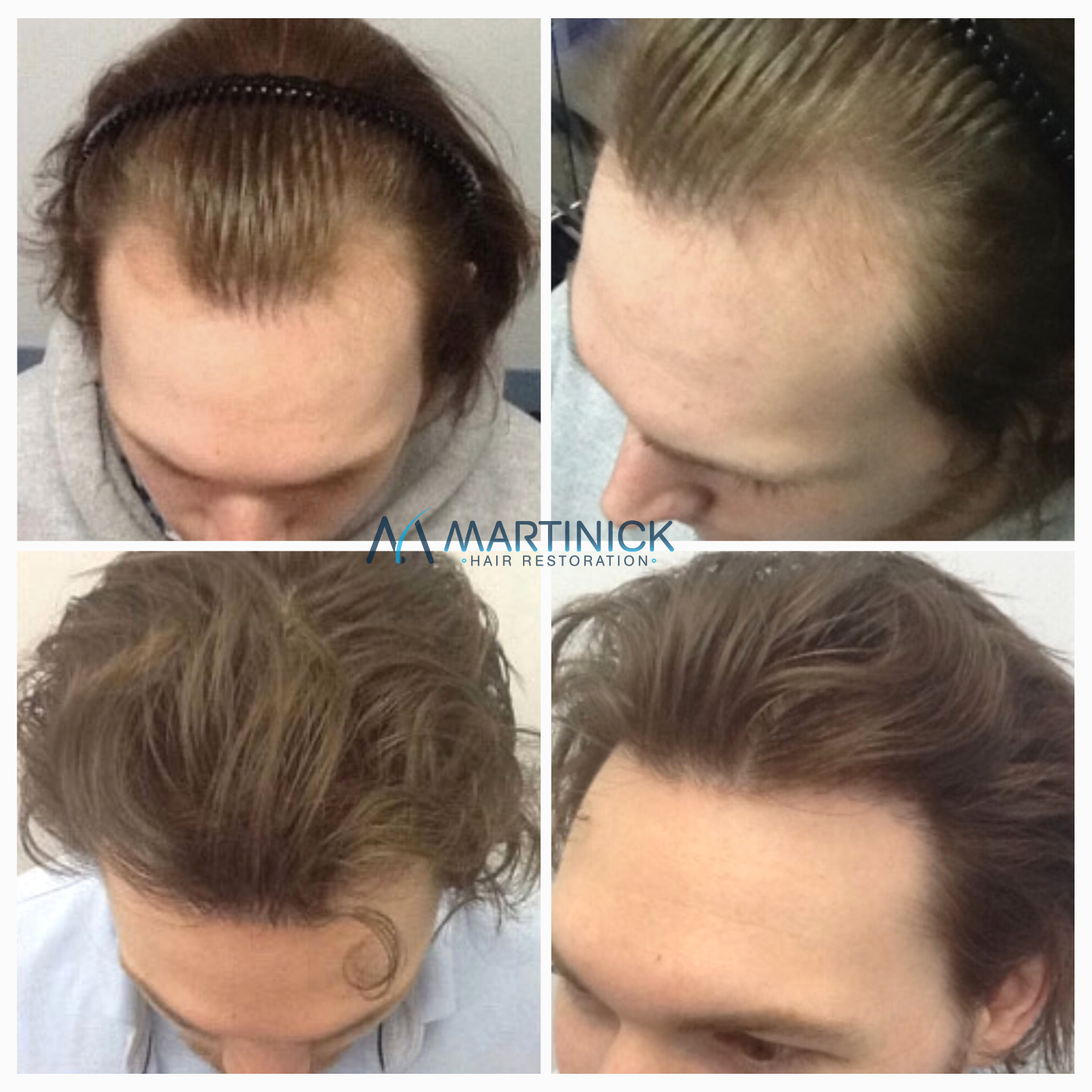what is hair transplantation?
Surgical hair transplant procedures have evolved tremendously over the years. One particular technique that gives our Perth hair transplantation patients outstanding results was developed by a highly skilled surgeon Dr Jennifer Martinick.
The Martinick Technique
World-renowned hair surgeon Dr Jennifer Martinick, uses The Martinick Technique™ in her Perth and Sydney clinics.
This modern procedure involves taking a section of hair-bearing skin from the donor area at the back of the scalp, with the tissue being dissected into follicular unit grafts. The small grafts are then meticulously replanted into bald or thinning areas of the scalp. Each follicle is positioned at the same angle, direction and orientation of the hair it’s replacing.
Hair naturally grows in follicles that contain 1 to 4 hairs; the Martinick Technique™ involves transplanting these naturally occurring hair “follicular units” in their natural groups. This hair transplant procedure is called Follicular Unit Transplantation (FUT).
FUT using The Martinick Technique™ delivers outstanding, natural-looking results, and gives patients who suffer from male pattern baldness a permanent solution to hair loss.




